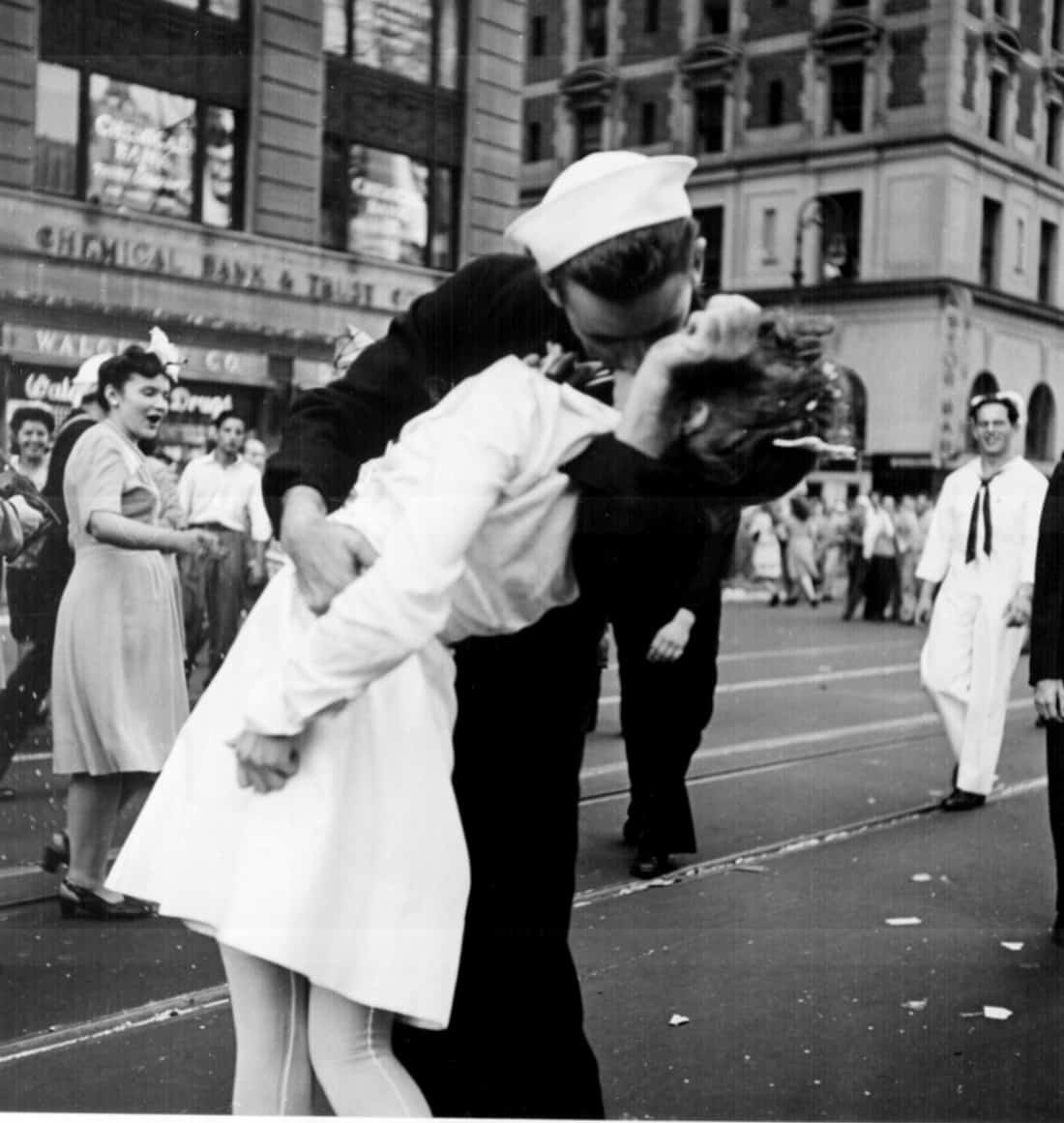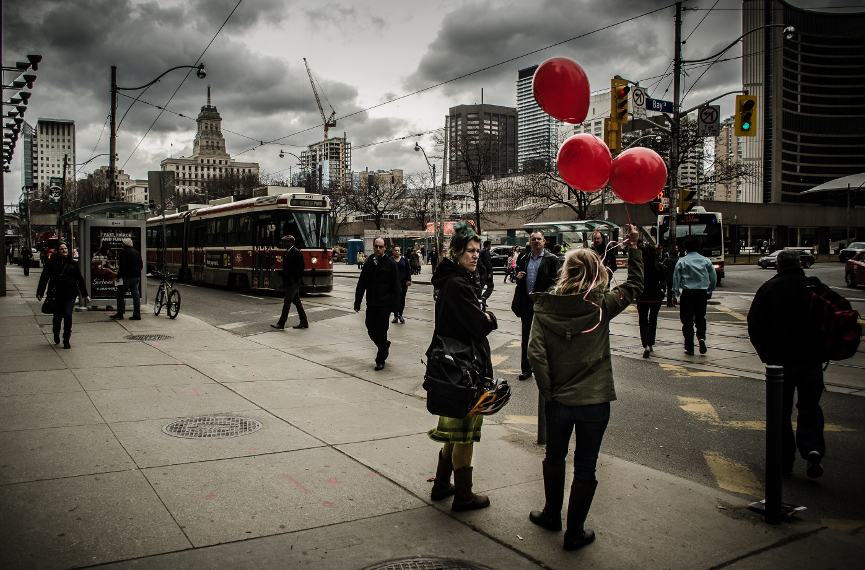4 Easy Facts About Framing Streets Explained
4 Easy Facts About Framing Streets Explained
Blog Article
Some Known Details About Framing Streets
Table of ContentsFraming Streets for BeginnersFraming Streets Can Be Fun For AnyoneThe Framing Streets DiariesFraming Streets - The FactsSome Of Framing StreetsFraming Streets for Dummies
, normally with the aim of recording pictures at a definitive or emotional moment by mindful framework and timing. https://trello.com/u/framingstreets1.
Framing Streets - An Overview
Susan Sontag, 1977 Street digital photography can concentrate on people and their behavior in public. In this regard, the street photographer resembles social documentary digital photographers or photojournalists who additionally work in public areas, yet with the goal of capturing newsworthy occasions. Any of these photographers' images might catch people and residential property noticeable within or from public locations, which typically requires navigating ethical problems and regulations of privacy, safety, and home.
Depictions of daily public life form a style in almost every duration of world art, starting in the pre-historic, Sumerian, Egyptian and early Buddhist art periods. Art taking care of the life of the street, whether within sights of cityscapes, or as the dominant theme, appears in the West in the canon of the North Renaissance, Baroque, Rococo, of Romanticism, Realism, Impressionism and Post-Impressionism.
Framing Streets - An Overview
Louis Daguerre: "Blvd du Holy place" (1838 or 1839) In 1838 or 1839 the first picture of numbers in the street was taped by Louis-Jacques-Mand Daguerre in one of a set of daguerreotype sights taken from his studio window of the Boulevard du Holy place in Paris. The second, made at the elevation of the day, shows an uninhabited stretch of road, while the various other was taken at concerning 8:00 am, and as Beaumont Newhall reports, "The Boulevard, so frequently full of a relocating crowd of pedestrians and carriages was perfectly singular, except a person who was having his boots combed.
, who was influenced to embark on a similar paperwork of New York City. As the city established, Atget helped to advertise Parisian streets as a worthy subject for photography.

The Single Strategy To Use For Framing Streets
The chief Mass-Observationists were anthropologist Tom Harrisson in Bolton and poet Charles Madge in London, and their initial i loved this report was generated as guide "May the Twelfth: Mass-Observation Day-Surveys 1937 by over two hundred observers" [] Home window cleaner at Kottbusser Tor, Berlin, by Elsa Thiemann c. 1946 The post-war French Humanist Institution professional photographers discovered their subjects on the street or in the bistro. Andre Kertesz.'s widely appreciated Images la Sauvette (1952) (the English-language edition was labelled The Decisive Moment) promoted the idea of taking a photo at what he labelled the "definitive moment"; "when type and content, vision and make-up merged right into a transcendent whole" - vivian maier.
Some Of Framing Streets
The recording equipment was 'a concealed camera', a 35 mm Contax concealed under his coat, that was 'strapped to the chest and linked to a lengthy cord strung down the appropriate sleeve'. However, his job had little contemporary effect as because of Evans' sensitivities about the creativity of his job and the privacy of his subjects, it was not released until 1966, in the publication Numerous Are Called, with an introduction created by James Agee in 1940.
Helen Levitt, after that a teacher of young youngsters, related to Evans in 193839. She documented the transitory chalk drawings - Street photography hashtags that belonged to kids's road society in New York at the time, along with the children who made them. In July 1939, Mo, MA's new digital photography area consisted of Levitt's work in its inaugural exhibitionRobert Frank's 1958 publication,, was considerable; raw and often out of focus, Frank's images examined conventional digital photography of the moment, "challenged all the formal guidelines put down by Henri Cartier-Bresson and Walker Evans" and "flew in the face of the wholesome pictorialism and genuine photojournalism of American publications like LIFE and Time".
Report this page